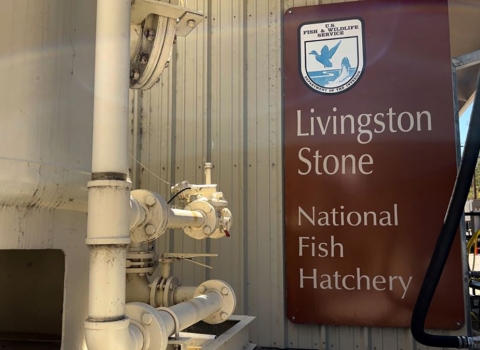DENVER — Due to the Bureau of Land Management’s conservation actions, the U.S. Fish and Wildlife Service has determined that the Fremont County rockcress, a high-elevation perennial herb found only in the southern foothills of the Wind River Range in Wyoming, is not warranted for listing under the Endangered Species Act. First collected in 1981, there is only one known population of this unique plant found on 160 acres of federal land.
Prior to making this determination, the Service used the best available science to complete an in-depth Species Status Assessment for this unique plant species. The assessment evaluated current conditions and potential threats to the plant such as recreation, invasive plants, and energy development. The analysis determined there are no immediate threats to the plant, largely due to the conservation actions implemented by the Bureau of Land Management, which manages the land on which the Fremont County rockcress lives, and due to a Secretarial Public Land Order removing this species’ habitat from settlement, sale, location, or entry under general land laws. As a result, the assessment concluded the plant is not in danger of becoming extinct now or in the foreseeable future.
“Thanks to the Bureau of Land Management’s ongoing public land management and conservation actions, the rare Fremont County rockcress will continue to thrive,” said Mountain-Prairie Regional Director Noreen Walsh.
The Fremont County rockcress has been a candidate for listing since 2011, when presumed declines in the species’ numbers were attributed to an unknown stressor. Since then, the Service learned more about this plant species and its habitat.
The purpose of the Endangered Species Act is to protect and recover imperiled species and the ecosystems upon which they depend. A rigorous scientific analysis evaluating potential threats as well as current and future conditions is conducted prior to making any determination to list or not list a species.
The mission of the U.S. Fish and Wildlife Service is working with others to conserve, protect, and enhance fish, wildlife, plants, and their habitats for the continuing benefit of the American people. For more information on our work and the people who make it happen in the West, connect with us on Instagram and Facebook, follow us on Twitter, watch our YouTube channel at and download public domain photos from Flickr.


